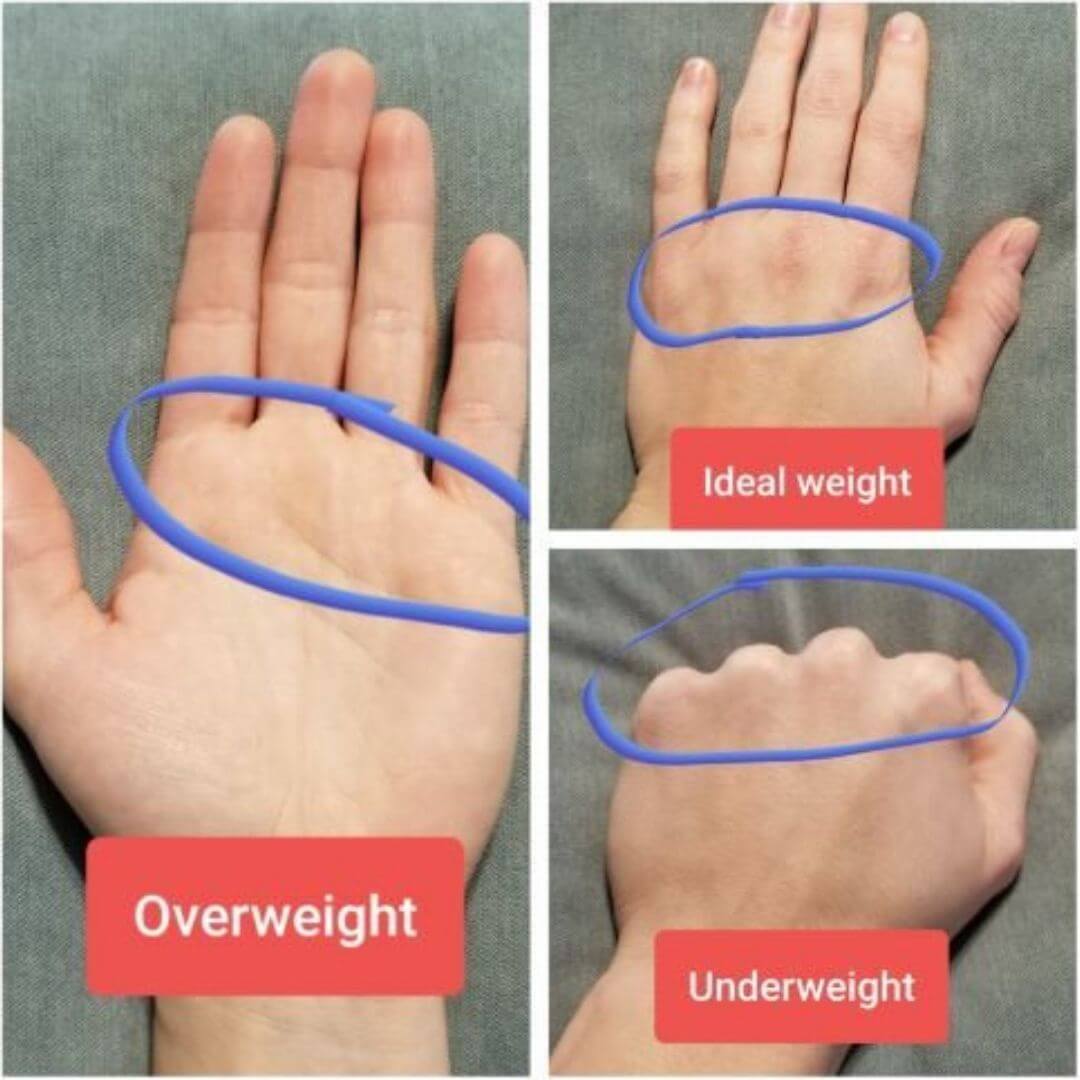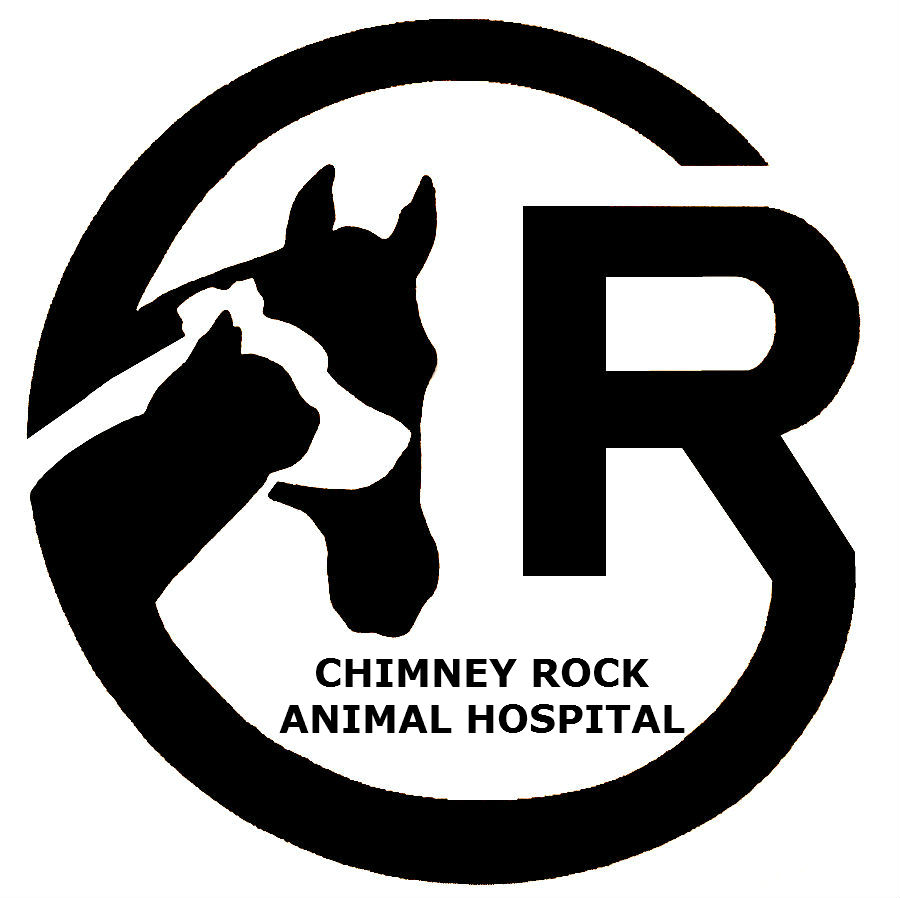
Most people are aware of the rise of obesity in America, along with the devastating consequences on patient health and the healthcare system. Surprisingly, many people don’t see the same risks when it comes to our four-legged friends. For example, the internet is full of cute pictures of overweight pets, which normalizes these body types for viewers. Though the extra pounds may add likes on Instagram, they literally take YEARS away from your pet’s life.
HOW DO YOU KNOW IF YOUR PET IS OVERWEIGHT?
One way to assess your pet’s weight at home is to perform the ‘hand trick’ when feeling on their ribs. At an appropriate weight, feeling your pet’s ribs should feel like the back of your hand, over your knuckles. This means each rib can be felt individually, but a small amount of ‘tissue’ or fat should be below the skin. Underweight pets will feel ‘bony’, like your knuckles with a fist formed. Finally, overweight pets feel more like the inside palm at your knuckles; difficult to feel each individual rib on gentle pressure.
This tool is meant to help guide your assessments at home but does not replace an appropriate weight assessment of your pet by a veterinarian. Creating a plan with your veterinarian will be the most helpful tool in addressing your pet’s overall health and obesity.
OBESE PETS ARE AT HIGHER RISK FOR THE FOLLOWING:
-Skin problems. Increased risk of infection for skin folds. Grooming behaviors may be altered as well.
-Breathing difficulties and heart disease. That risk is multiplied in our Texas heat.
-Reduced lifespan. One study showed that lean dogs live an average of 2 ½ years longer than their heavier counterparts.
-Arthritis. Extra weight puts more pressure on aging joints.
-Increased anesthetic risk. Obese animals may metabolize drugs differently.
-Diabetes. Excess fat can change the way a body responds to insulin.
A FEW BASICS TO GET YOUR PET’S WEIGHT ON TRACK:
1. Scheduled meals with controlled calories
This is the first step in helping a pet lose weight safely and effectively. A feeding schedule may seem daunting, but pets will learn to look forward to their meals and interactions with you, all while helping them become healthier. Outside of mealtimes, be careful with treats, as they shouldn’t make up more than 10% of your pet’s daily caloric intake. Try different variations of healthy treats, like carrots, green beans, or broccoli.
2. Regular exercise and stimulation
Just like with people, keeping our pet’s bodies and minds active throughout the aging process is vital to keeping them healthy. Establishing a walking or playing routine will not only improve you and your pet’s overall health, it will also be an opportunity for bonding.
3. Regular checkups
Regular exams with your veterinarian are the best way to monitor your pet’s weight and formulate the most ideal plan to keep them healthy and happy long term. There are some conditions that may require screening prior to starting a successful diet plan, such as thyroid disease. Your veterinarian will work with you based on your pet’s current weight, activity level, and specific needs.
When considering your pet’s overall health, managing their weight is one of the most important aspects. Some simple changes at home may be all it takes to give your pet more energy, help them age more gracefully, and give them several more years with you! The first step is to speak with your veterinarian to help assess your pet’s weight and formulate a weight loss plan if needed.
-Dr. Rianne Decker

